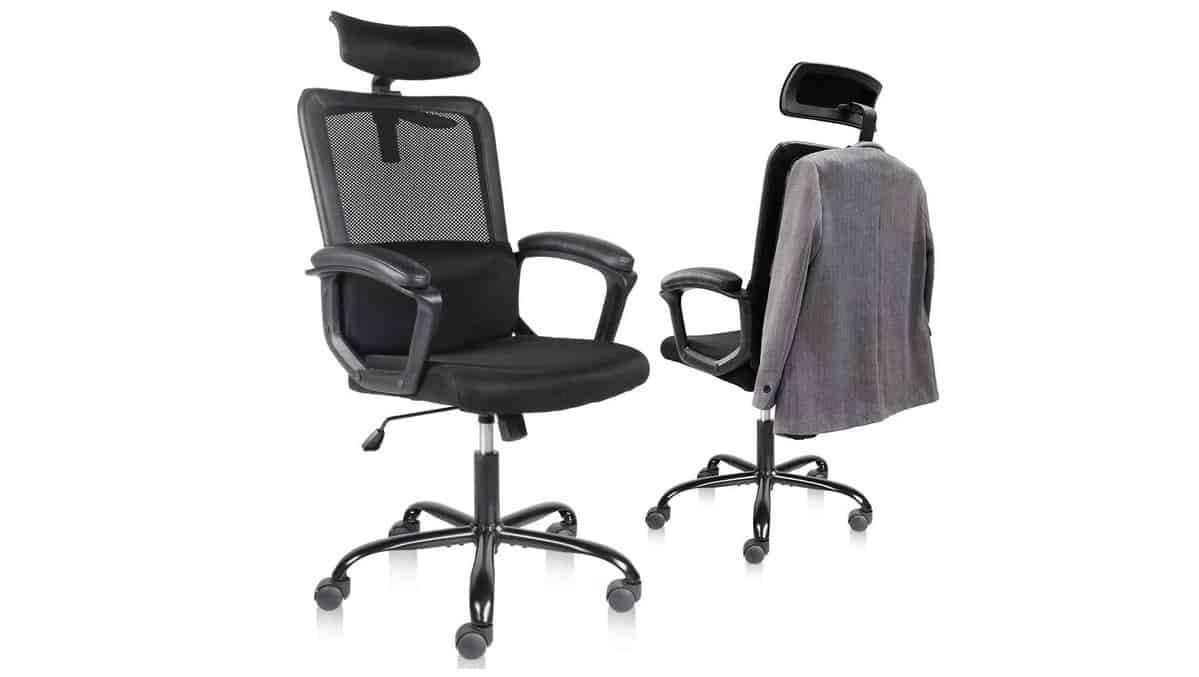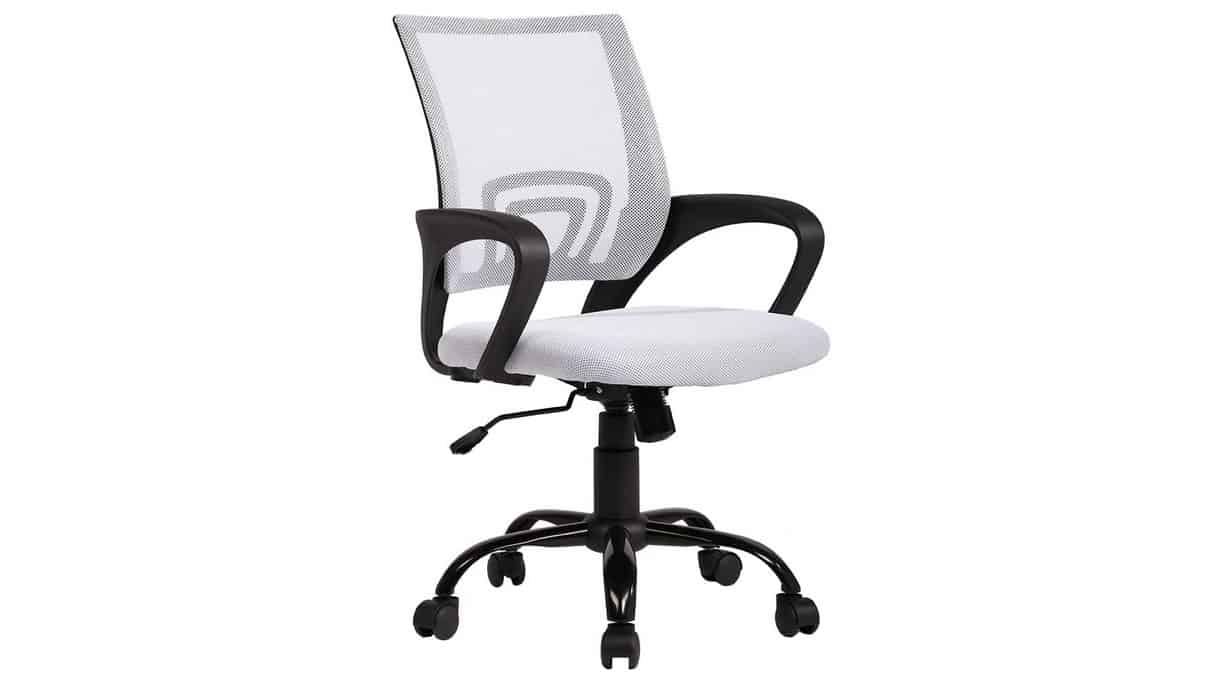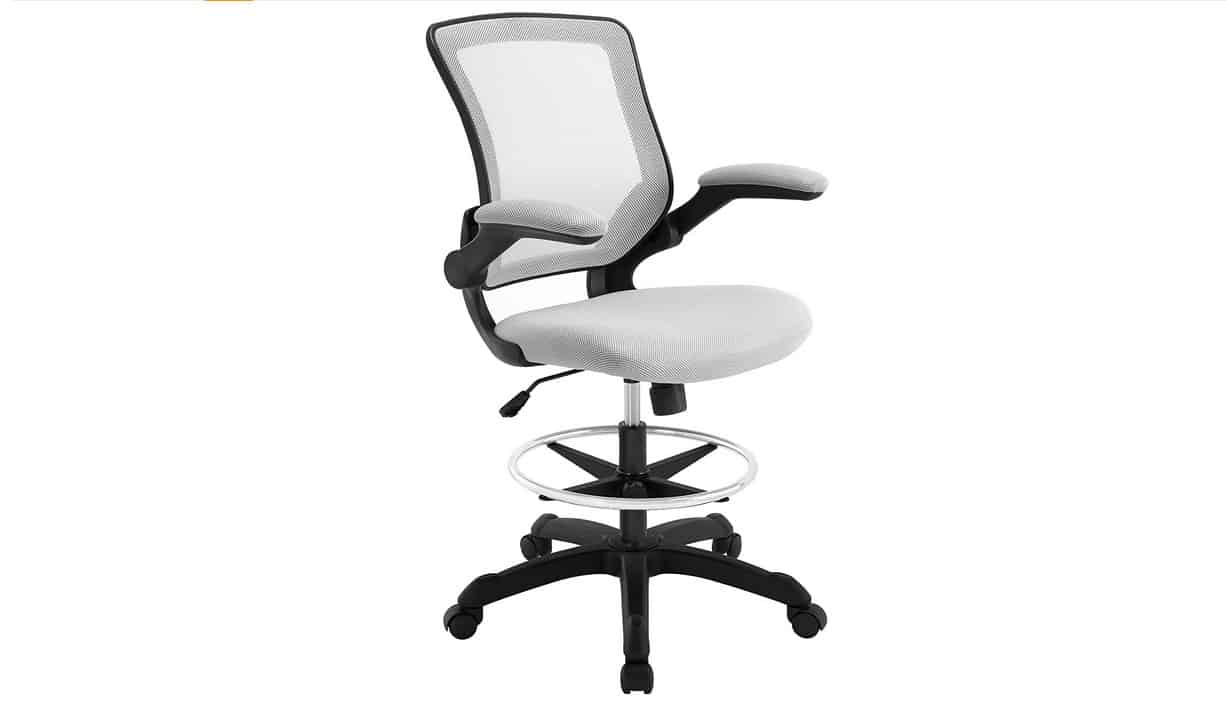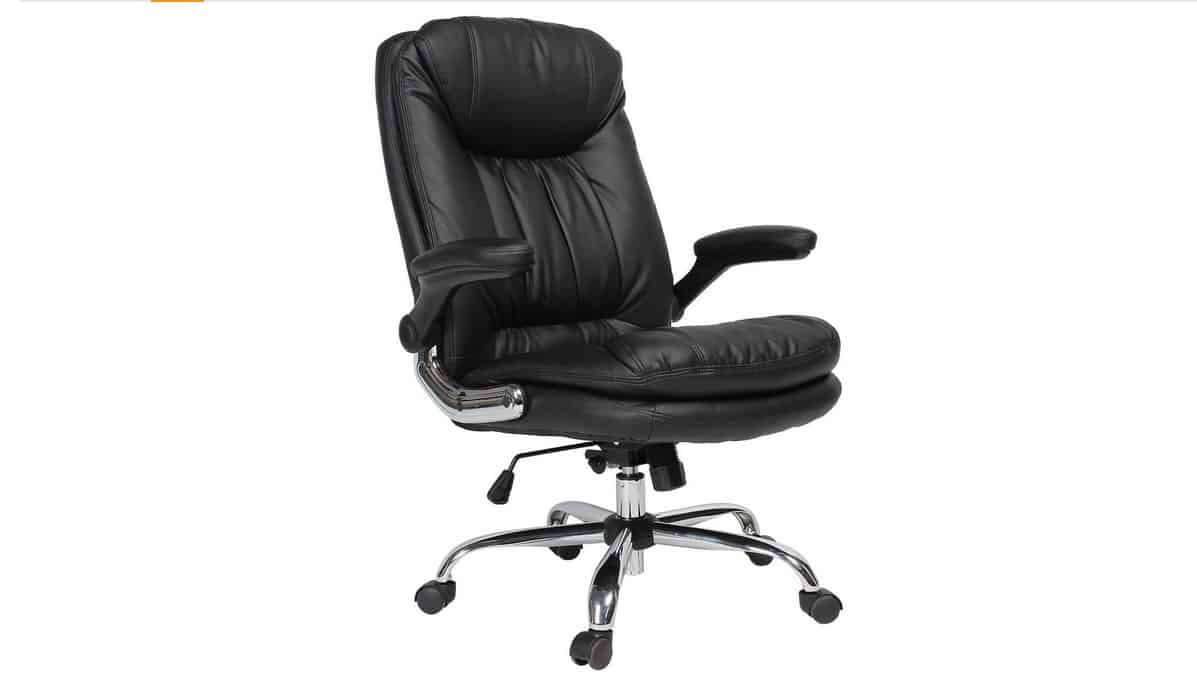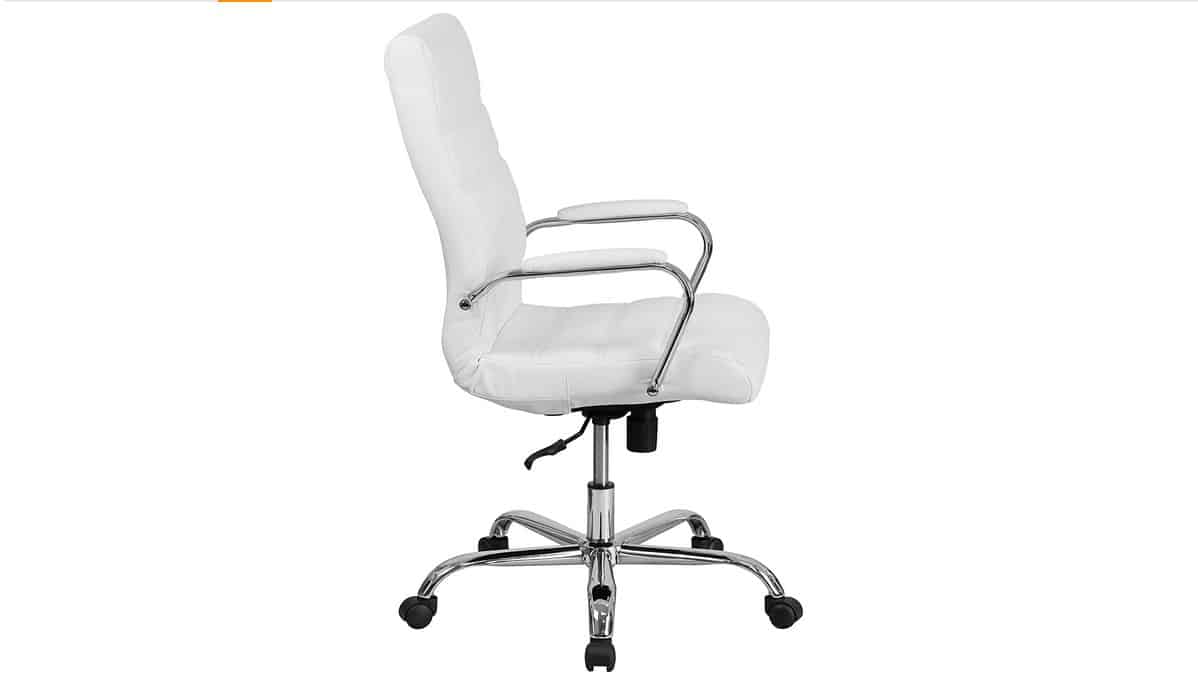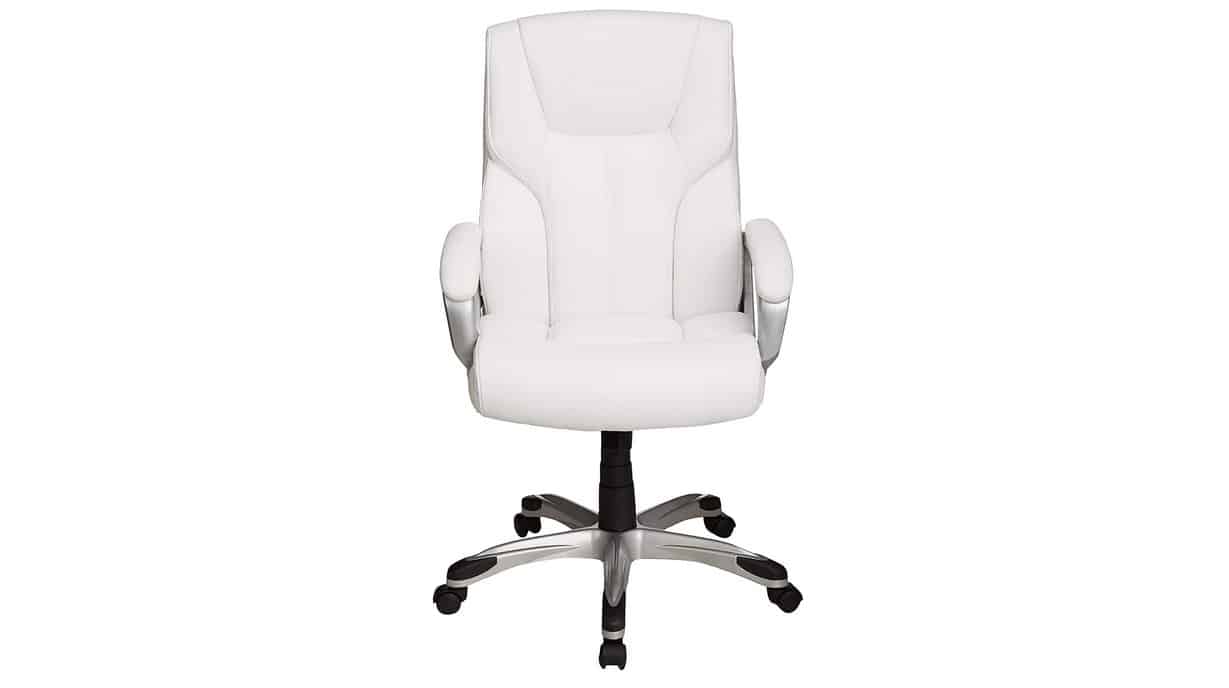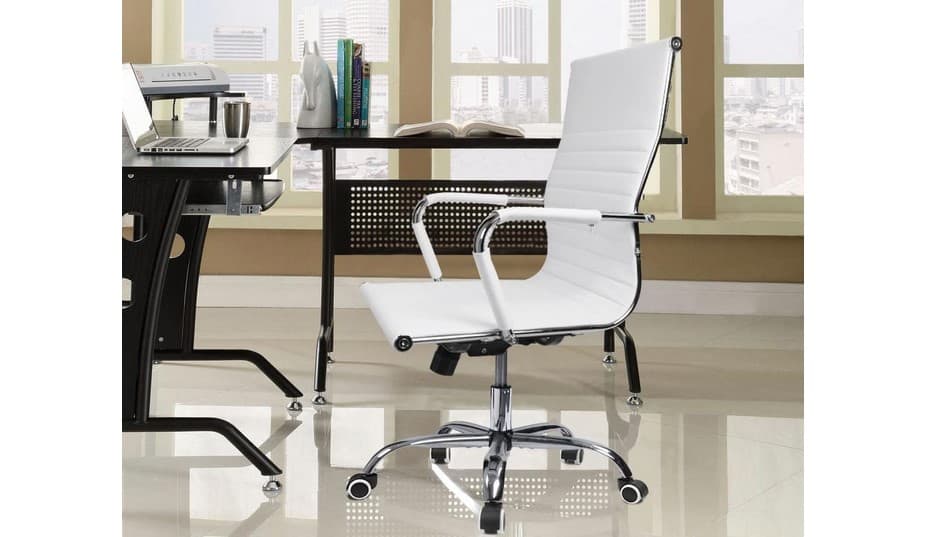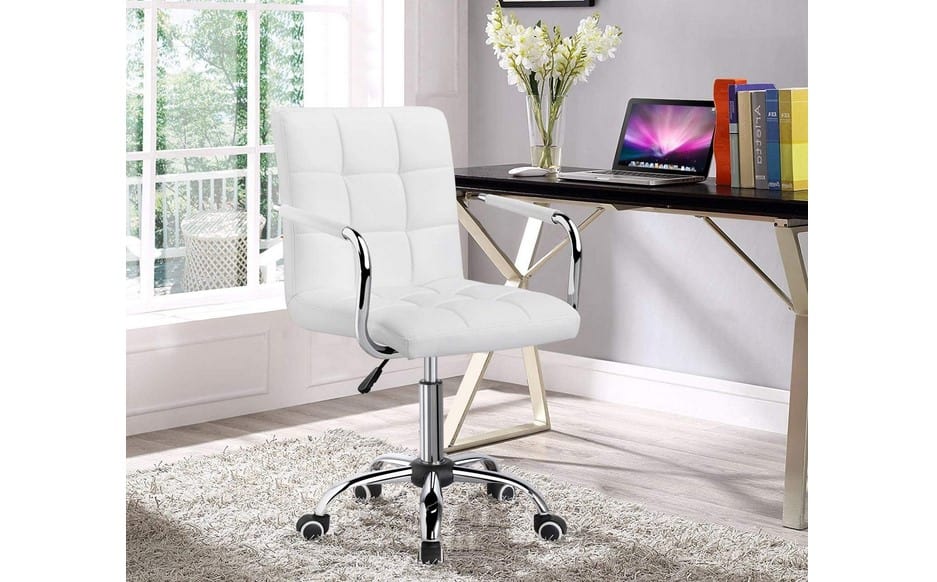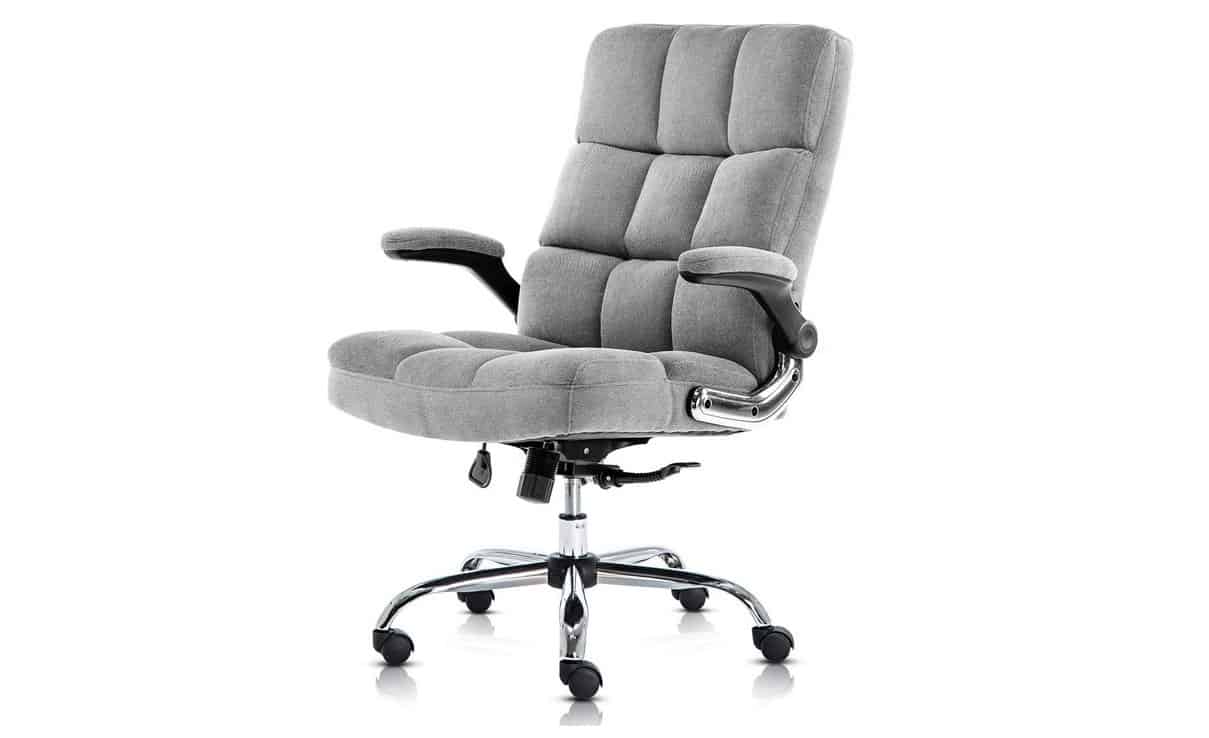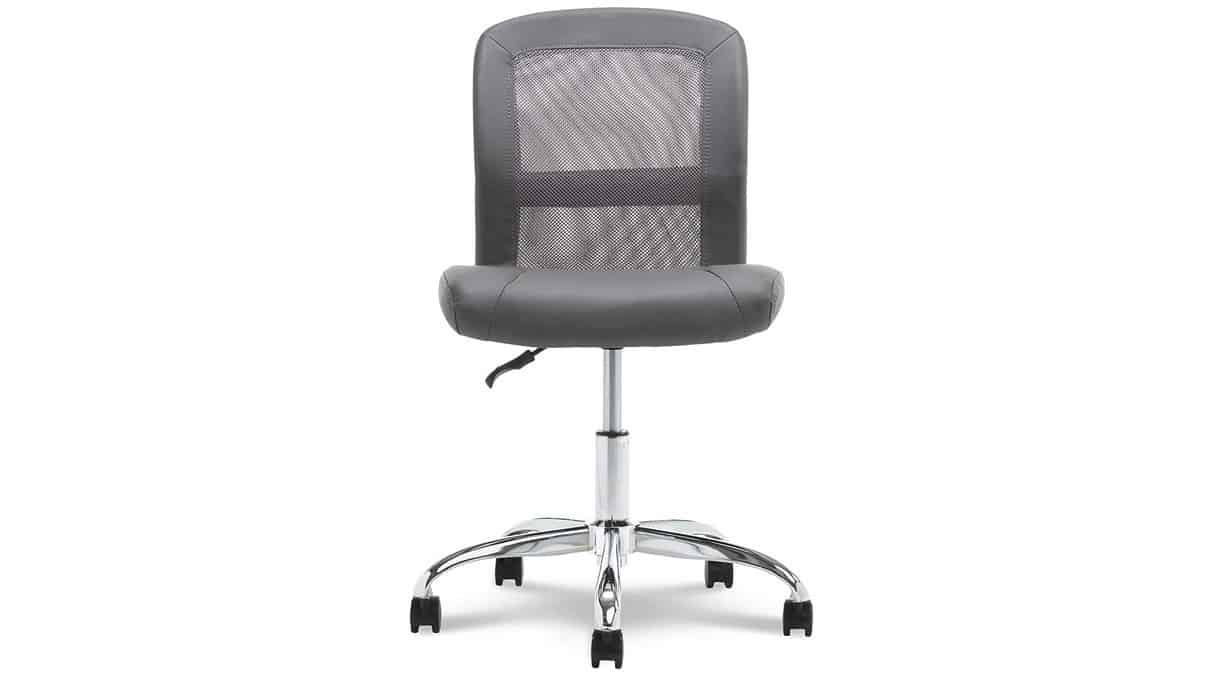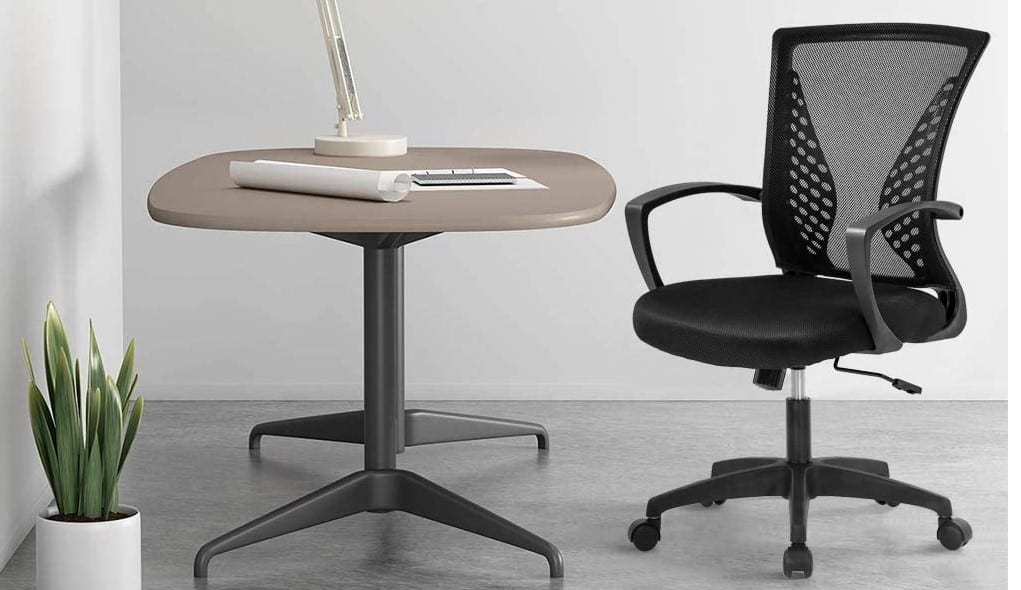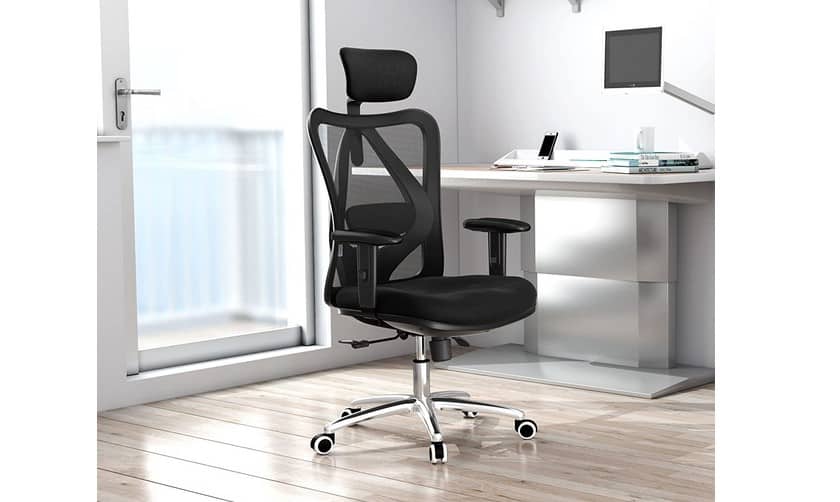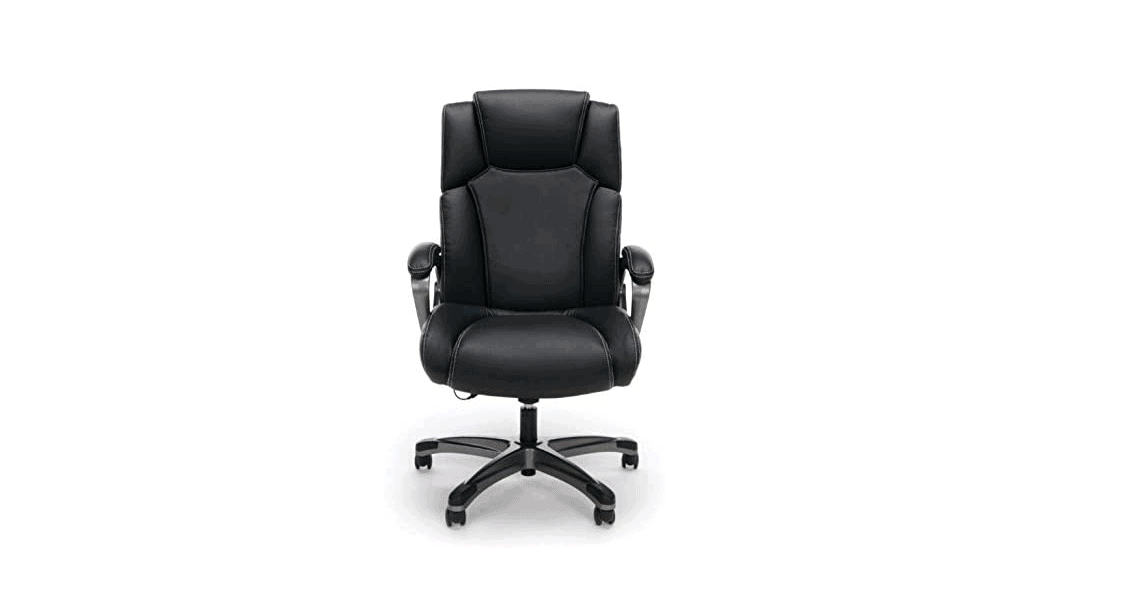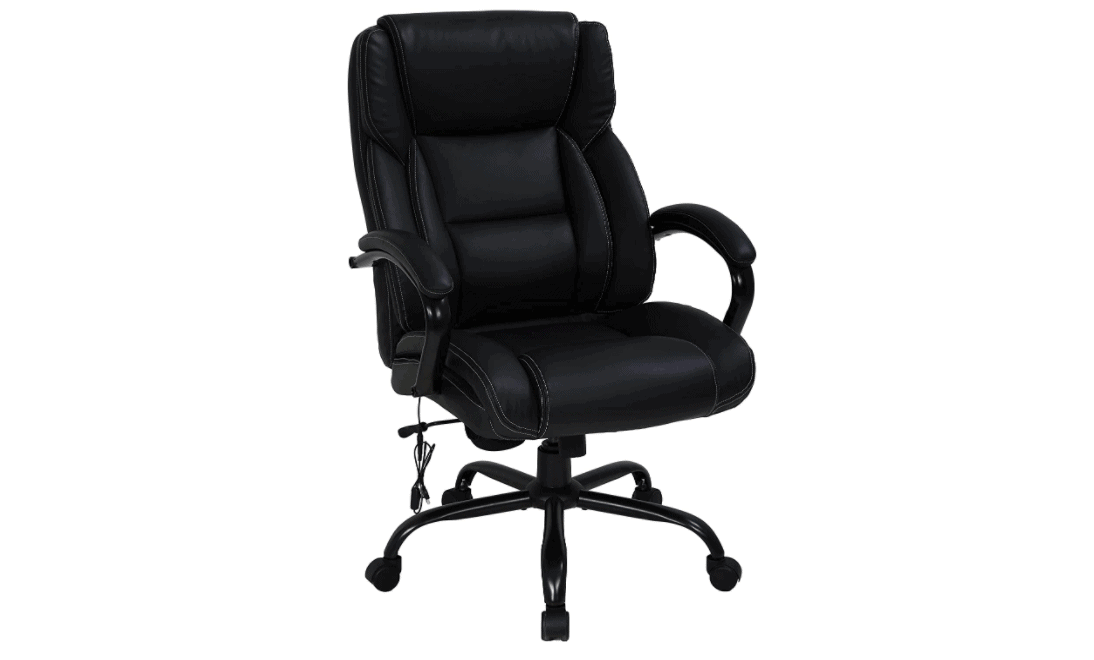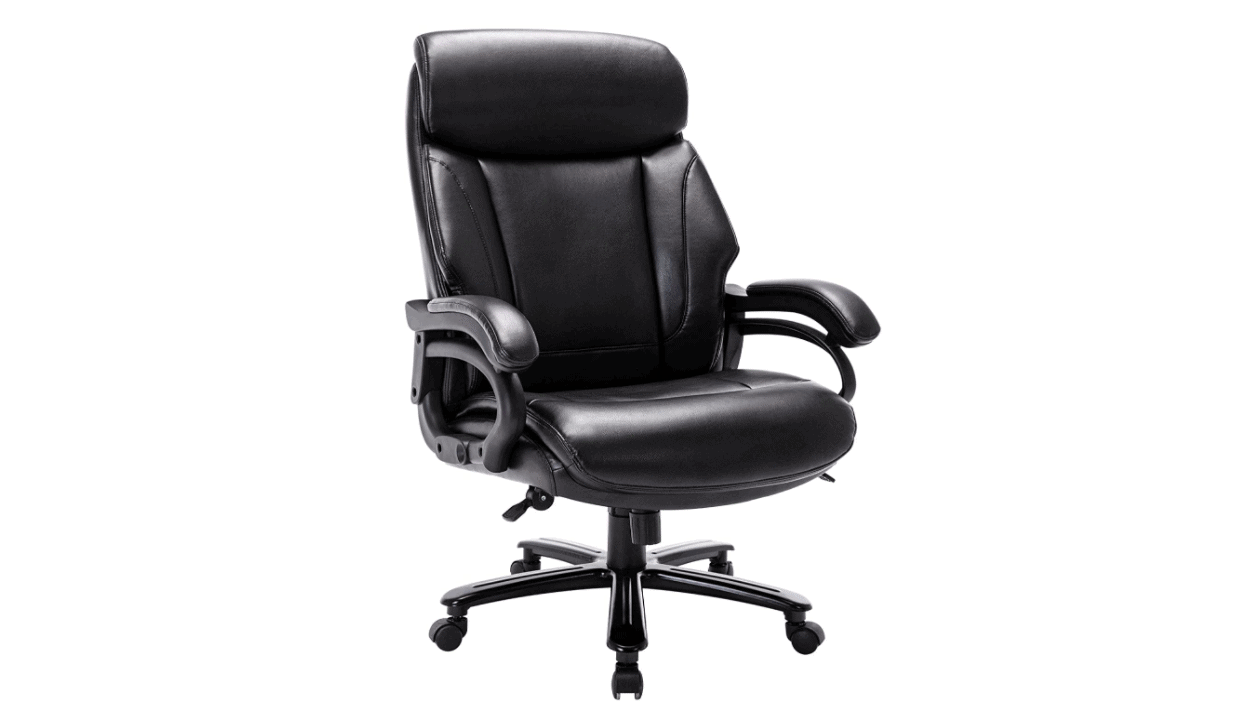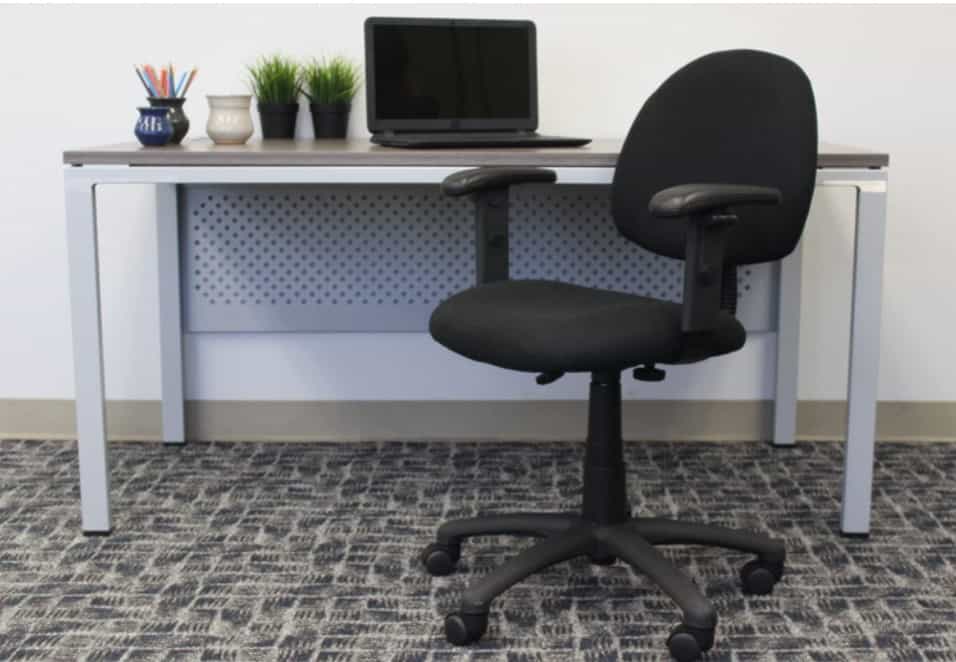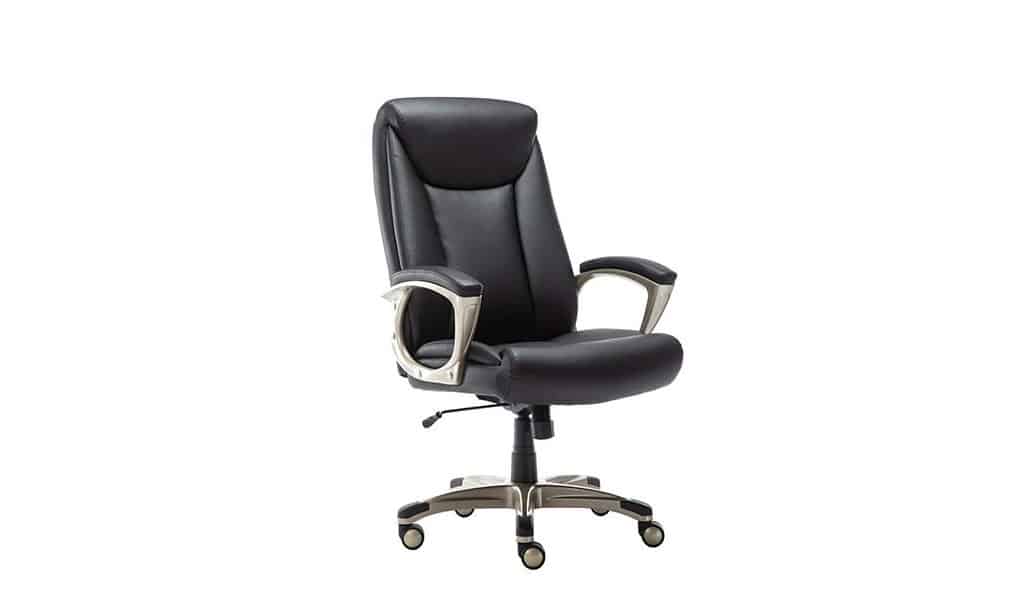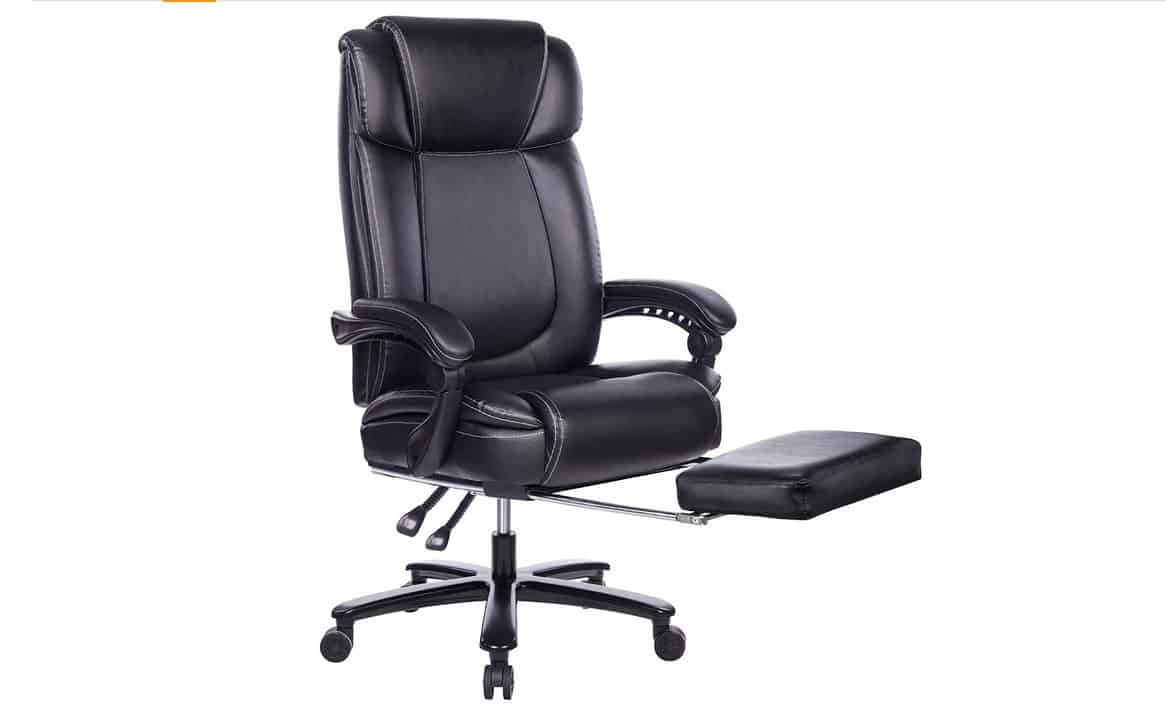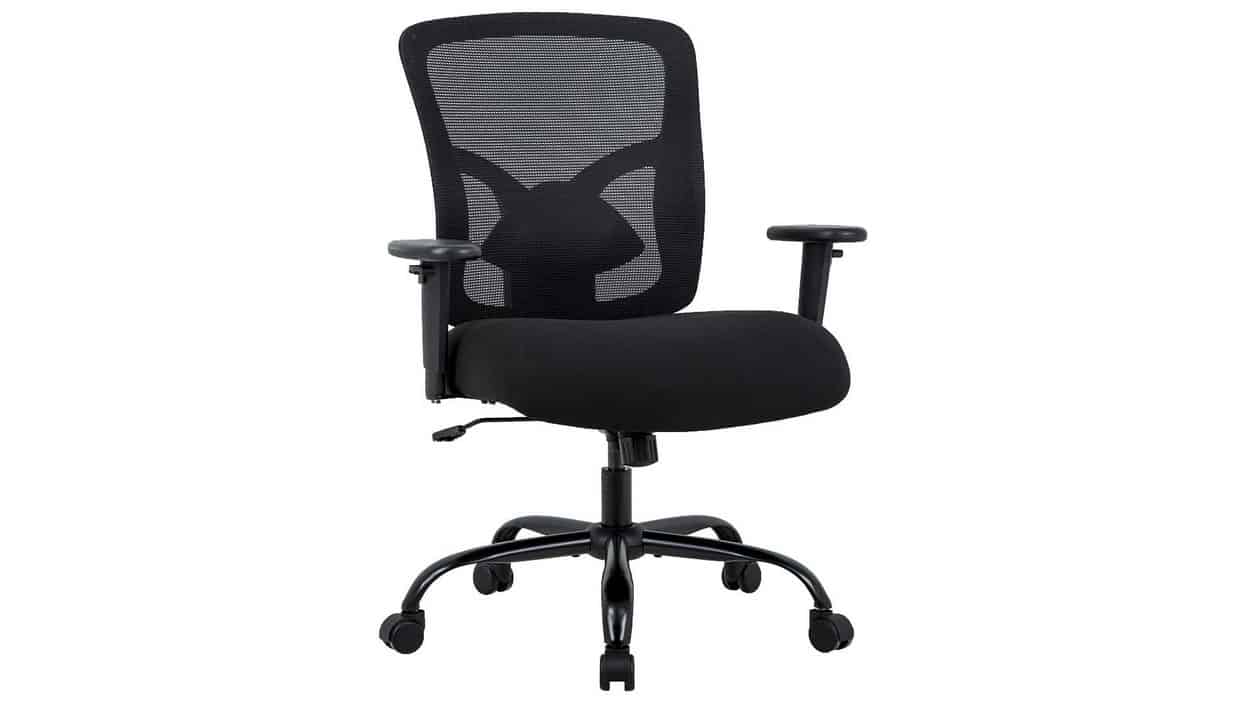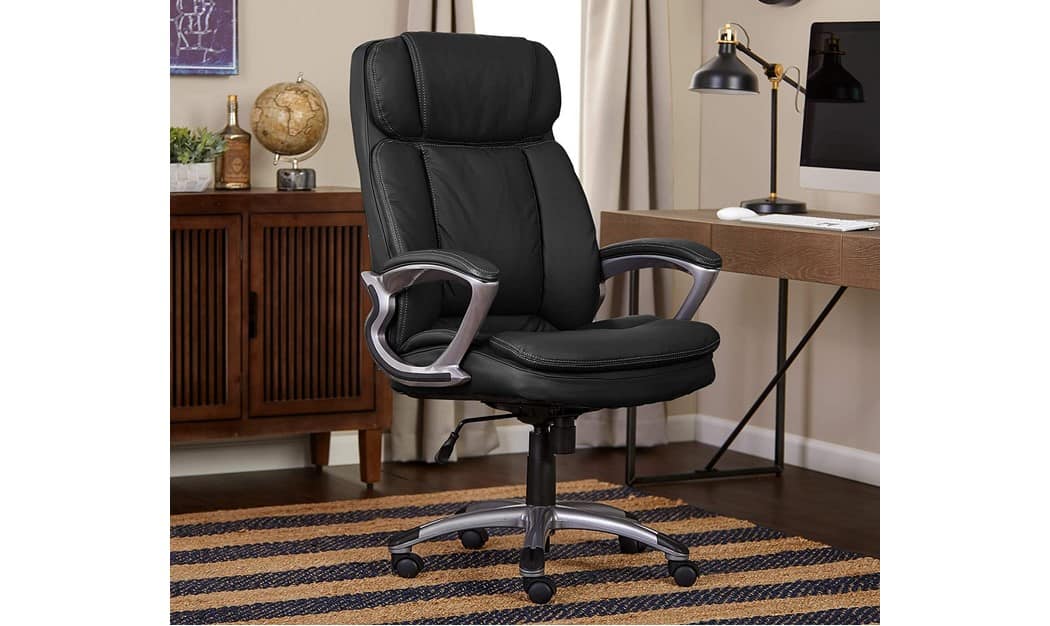Key Takeaways:
- Adjust your seat height so that your feet are resting flat on the floor
- The lumbar support should support the natural curve of your spine
- If using a recline feature, opt for a 110-degree recline for routine desk activities
For those of us who work in a seated position at a desk for the majority of the workday, investing in a good office chair isn’t just a nice suggestion but a necessity. Sitting for prolonged periods can encourage back, neck, shoulder, hip, and leg pain if your body isn’t properly supported. If you’re unsure of how to ensure that your favorite office chair is giving you the support you need, these adjustments can help provide much-needed comfort.
Correcting the Height Adjustment
Most people have an office chair with an adjustable height range. Using the lever under the chair, lift or lower the seat so that your feet are flat against the floor with knees bent at a 90-degree angle. Ideally, after correcting the height, your arms should be parallel to your desktop.
Tip: lift or lower the seat so that your feet are flat against the floor with knees bent at a 90-degree angle
Recline and Tilt Adjustments
The recline/tilt is relatively standard with office chairs. True recline can range from as little as 20 to as much as 180 degrees. Usually, you can adjust the recline angle by leaning back and using a lock mechanism under the seat to set the angle.
If you have a tension recline seat, it adjusts the amount of tension needed to lean back in the chair. Usually, there’s an under-chair knob that allows you to adjust the tension. For the best comfort, opt for a 110-degree angle for regular mouse and keyboard tasks.
Related Posts:
Additional Adjustments
Seat height and tilt/recline adjustments are standard for most office chairs. But you can also get a few enhanced options with more expensive office chairs.
Adjustable Armrests
Some armrests are designed to flip up or to be adjusted for more or less width. Opt for a position that gives you the most range of motion for your arms.
Related Posts:
Adjustable Lumbar Support
Most office chairs feature built-in lumbar support. But premium chairs feature an adjustable option that lets you change the pressure and height of the support. You should edit the height to support the natural curve of your spine. Correct the tension with the dial to either reduce or increase the pressure created.
STAT:
Most chairs are made to fit around 90 percent of people but those on the ends of the spectrum may not fit. (wikihow.com)
Lower back support in an ergonomic chair is very important. The lumbar spine has an inward curve, and sitting for long periods without support for this curve tends to lead to slouching (which flattens the natural curve) and strains the structures in the lower spine. An ergonomic chair should have a lumbar adjustment (both height and depth) so each user can get the proper fit to support the inward curve of the lower back. (Spine-Health)
Sources:
https://www.spine-health.com/wellness/ergonomics/office-chair-choosing-right-ergonomic-office-chair
https://blog.officechairsunlimited.com/5-common-office-chair-features-explained/
https://www.wikihow.com/Adjust-an-Office-Chair
http://ergo.human.cornell.edu/DEA3250Flipbook/DEA3250notes/sitting.html
http://ergonomictrends.com/standard-and-ideal-office-chair-height/

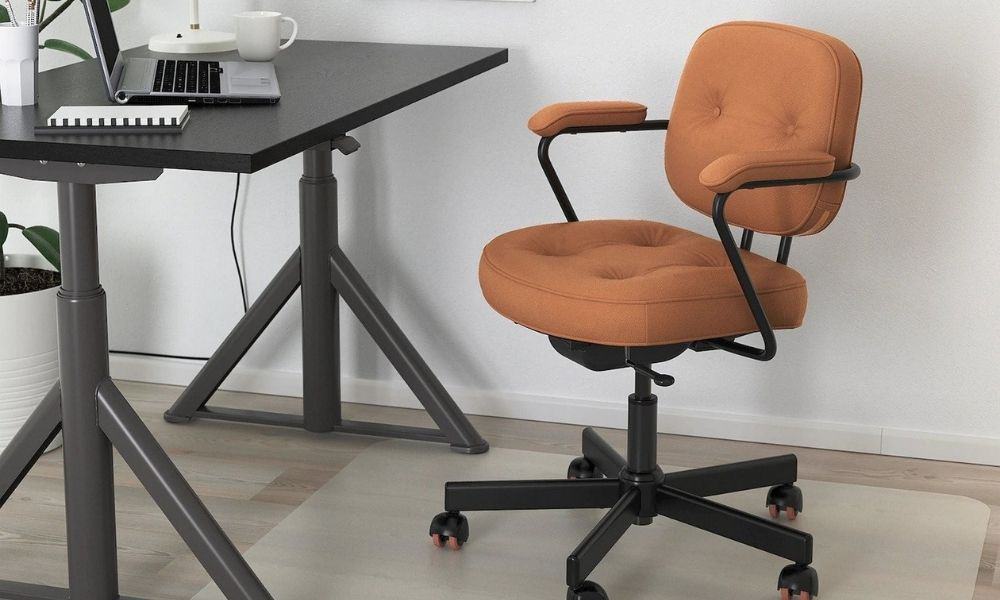













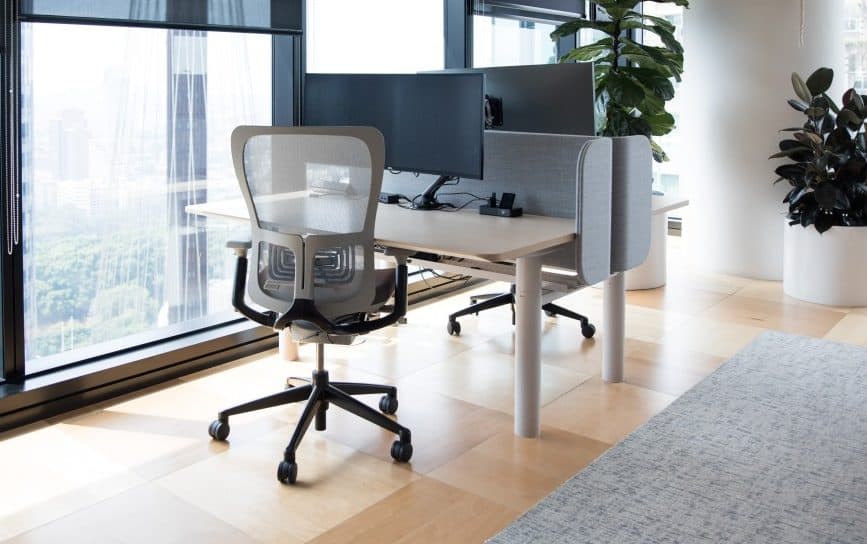

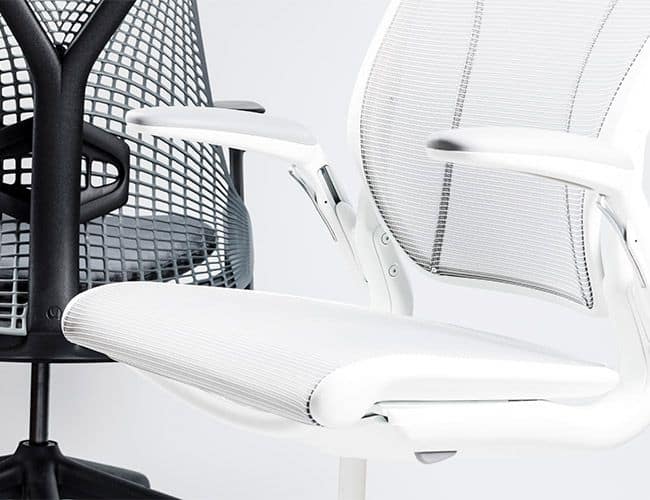
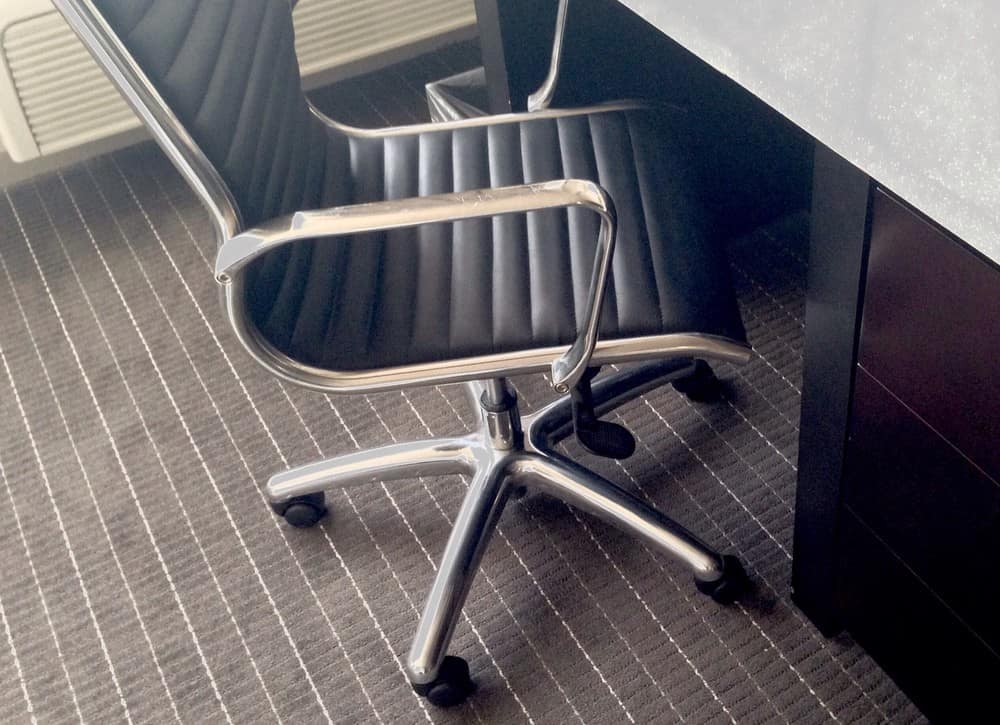

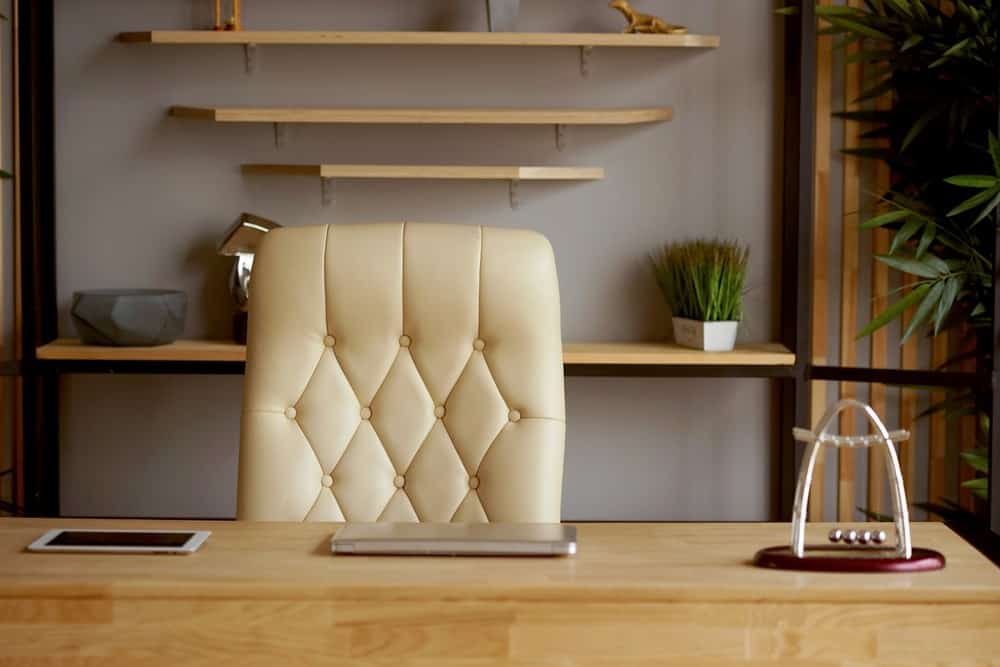
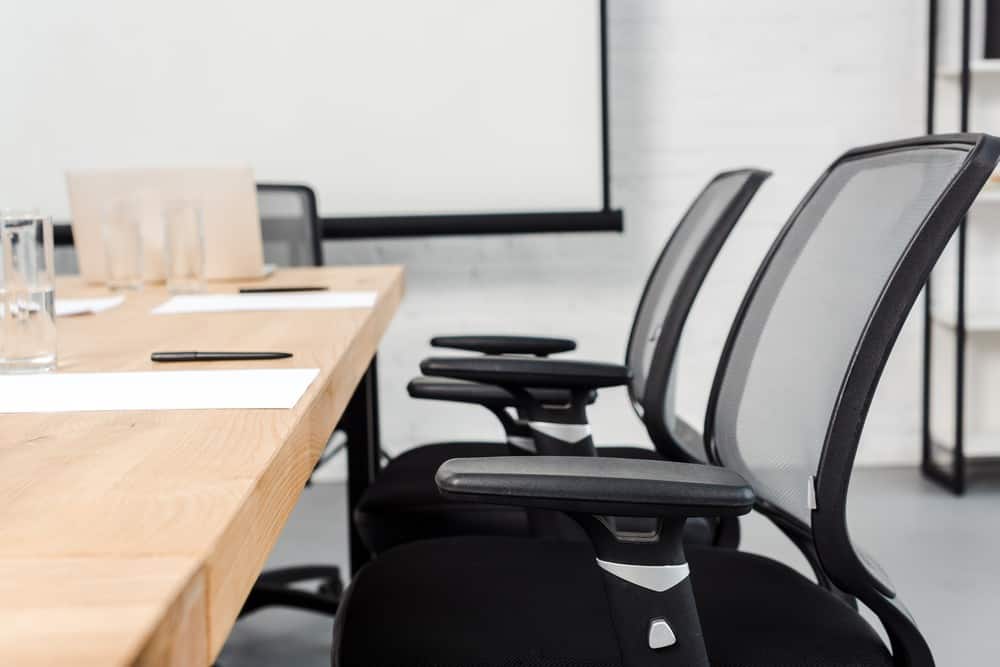


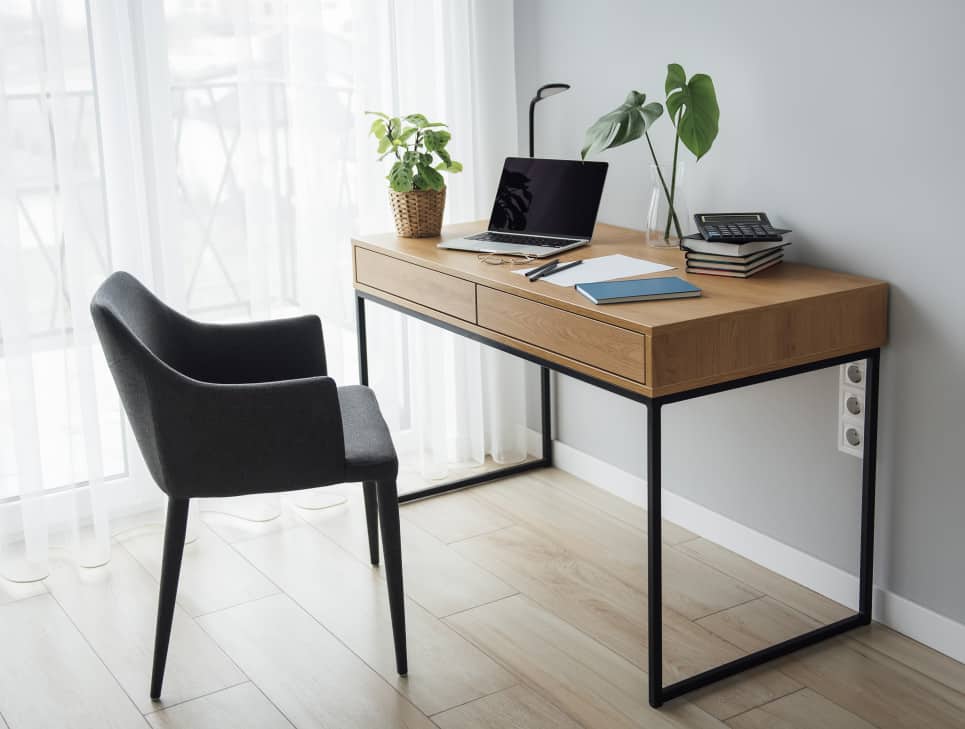




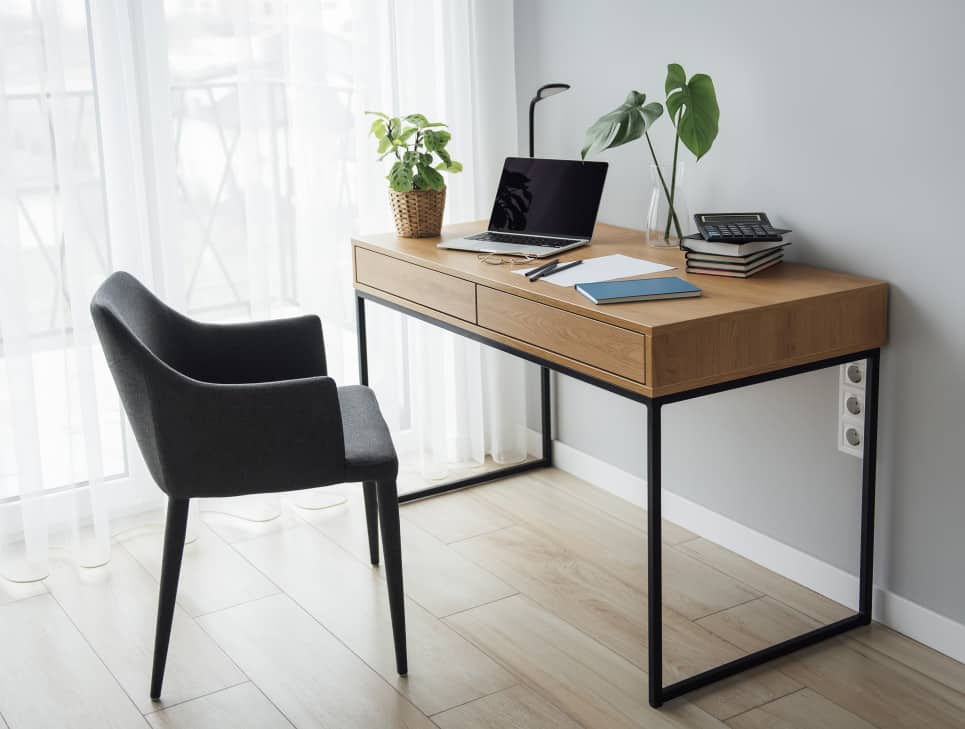


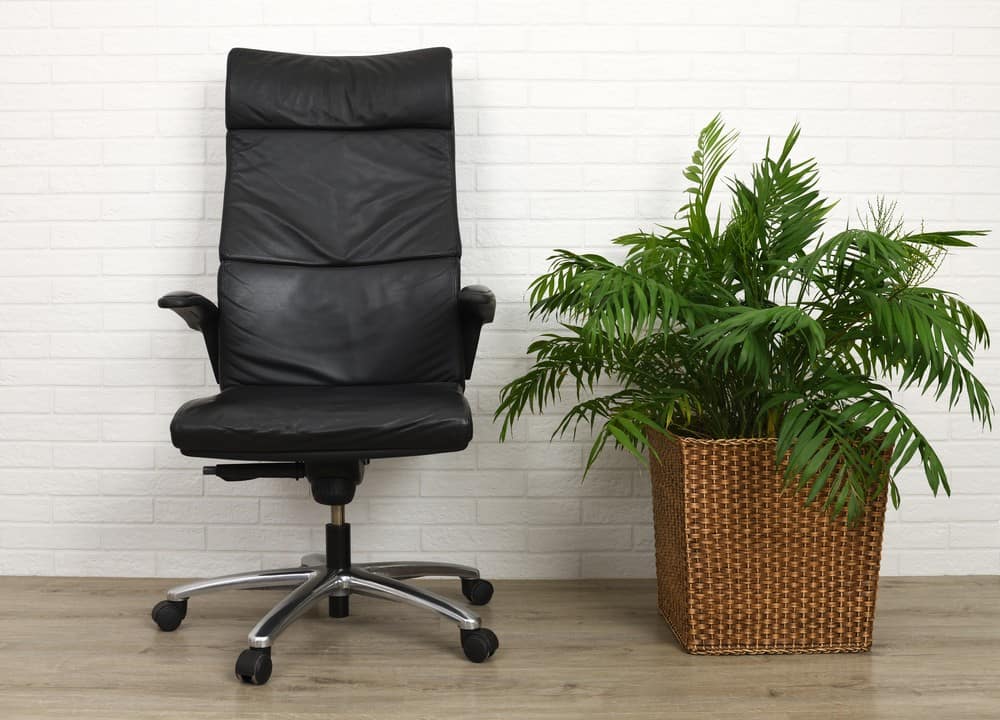

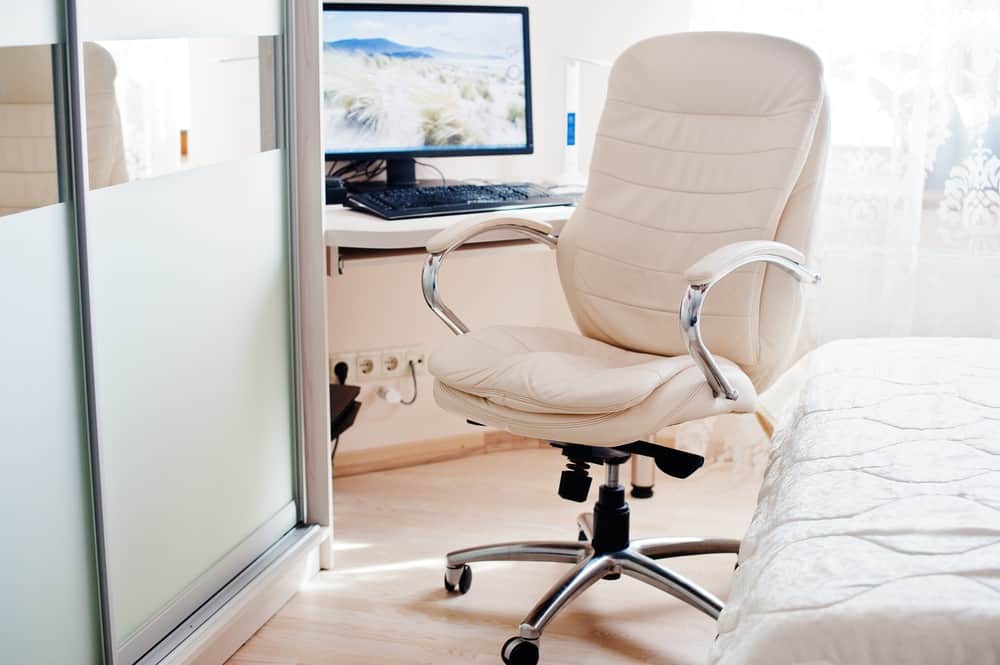
![Best Office Chair in [year] ([month] Reviews) 27 Best Office Chair in 2025 (December Reviews)](https://www.gadgetreview.dev/wp-content/uploads/best-office-chair-image.jpg)
![Best Office Chairs for Sciatica in [year] 28 Best Office Chairs for Sciatica in 2025](https://www.gadgetreview.dev/wp-content/uploads/best-office-chair-for-sciatica-image.jpg)
![Best Office Chairs for Hip Pain in [year] 29 Best Office Chairs for Hip Pain in 2025](https://www.gadgetreview.dev/wp-content/uploads/best-office-chair-for-hip-pain-image.jpg)
![Best Chairs for Programmers in [year] 30 Best Chairs for Programmers in 2025](https://www.gadgetreview.dev/wp-content/uploads/best-chair-for-programmers-image.jpg)
![Best Haworth Office Chairs in [year] 31 Best Haworth Office Chairs in 2025](https://www.gadgetreview.dev/wp-content/uploads/best-haworth-office-chairs-image.jpg)
![Best Wooden Office Chairs in [year] 32 Best Wooden Office Chairs in 2025](https://www.gadgetreview.dev/wp-content/uploads/best-wooden-office-chairs-image.jpg)
![Best Humanscale Office Chairs in [year] 33 Best Humanscale Office Chairs in 2025](https://www.gadgetreview.dev/wp-content/uploads/best-humanscale-office-chairs-image.jpg)
![Best Herman Miller Office Chairs in [year] 34 Best Herman Miller Office Chairs in 2025](https://www.gadgetreview.dev/wp-content/uploads/best-herman-miller-office-chairs-image.jpg)
![Best Steelcase Office Chairs in [year] 35 Best Steelcase Office Chairs in 2025](https://www.gadgetreview.dev/wp-content/uploads/best-steelcase-office-chairs-image.jpg)
![Best Leather Office Chairs in [year] 36 Best Leather Office Chairs in 2025](https://www.gadgetreview.dev/wp-content/uploads/best-leather-office-chairs-image.jpg)
![Best Fabric Office Chairs in [year] 37 Best Fabric Office Chairs in 2025](https://www.gadgetreview.dev/wp-content/uploads/best-fabric-office-chairs-image.jpg)
![Best Hon Office Chairs in [year] 38 Best Hon Office Chairs in 2025](https://www.gadgetreview.dev/wp-content/uploads/best-hon-office-chairs.jpg)

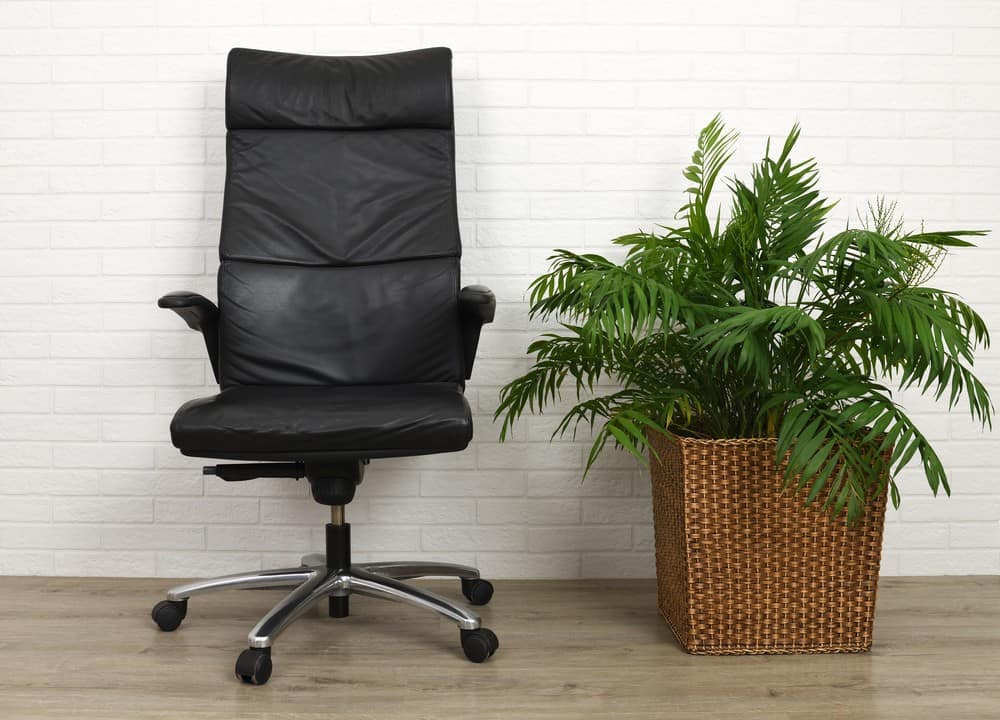
![10 Best Mesh Office Chairs in [year] 41 10 Best Mesh Office Chairs in 2025](https://www.gadgetreview.dev/wp-content/uploads/Best-Mesh-Office-Chair.jpg)
![10 Best High Back Office Chairs in [year] 42 10 Best High Back Office Chairs in 2025](https://www.gadgetreview.dev/wp-content/uploads/Best-High-Back-Office-Chair.jpg)
![10 Best White Office Chairs in [year] 43 10 Best White Office Chairs in 2025](https://www.gadgetreview.dev/wp-content/uploads/Best-White-Office-Chair.jpg)
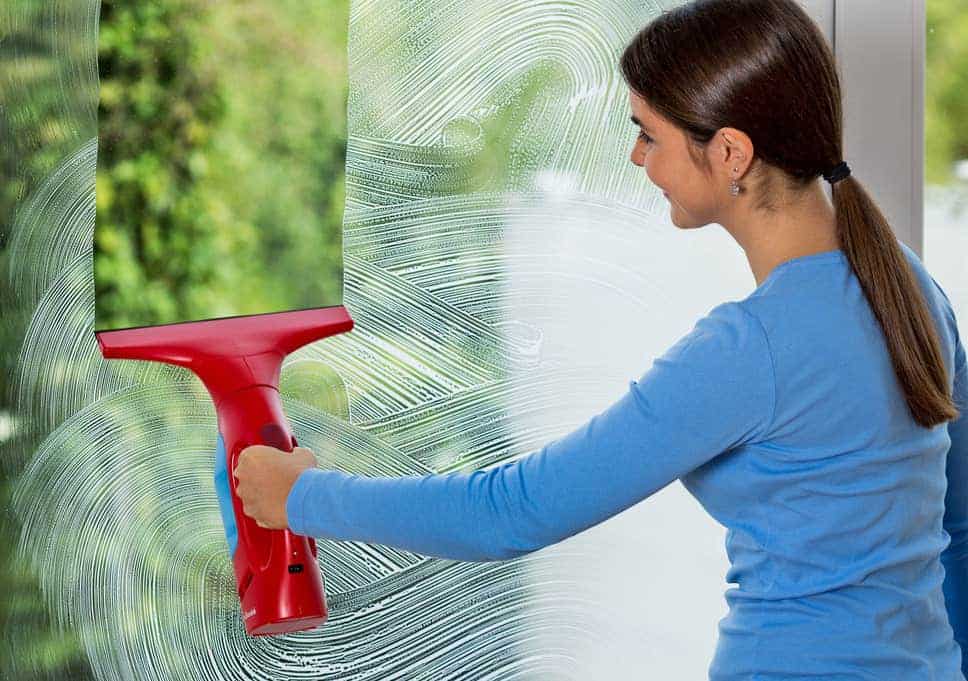
![Best Office Chair Under $300 in [year] ([month] Reviews) 45 Best Office Chair Under $300 in 2025 (December Reviews)](https://www.gadgetreview.dev/wp-content/uploads/chair-lower-back-pain.jpg)
![10 Best Drafting Chairs in [year] 46 10 Best Drafting Chairs in 2025](https://www.gadgetreview.dev/wp-content/uploads/best-drafting-chair.jpg)
